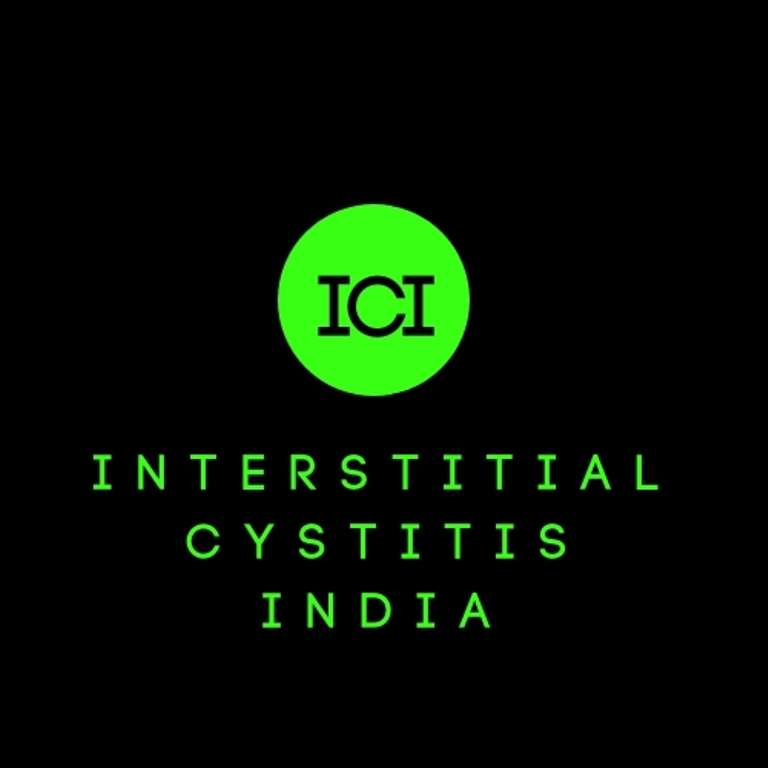Interstitial cystitis, also known as bladder pain syndrome (IC/BPS), is a rare chronic debilitating condition that causes painful urinary symptoms .It’s a urogenital disease characterized by urinary frequency, urgency, and pelvic pain. It has a prevalence of about 1-5 / 10 000. The condition tends to first affect people in their 30s and 40s. Interstitial cystitis most often affects women and can have a long-lasting impact on quality of life. Although there’s no cure, medications and other therapies may offer relief.
SYMPTOMS
The signs and symptoms of interstitial cystitis vary from person to person. Symptoms may also vary over time, periodically flaring in response to common triggers, such as menstruation, sitting for a long time, stress, exercise and sexual activity.
Signs and symptoms include:
- Pain in your pelvis or between the vagina and anus in women
- Pain between the scrotum and anus in men (perineum)
- Chronic pelvic pain
- A persistent, urgent need to urinate
- Frequent urination, often of small amounts, throughout the day and night (up to 60 times a day)
- Pain or discomfort while the bladder fills and relief after urinating.
- Pain during sexual intercourse.
CAUSES
The cause of IC/BPS is currently unknown. Some suggested etiological causes are neurologic, allergic, genetic, and stress-psychological. Most literature supports the belief that IC’s symptoms are associated with a defect in the bladder epithelium lining, allowing irritating substances in the urine to penetrate into the bladder—essentially, a breakdown of the bladder lining.
TREATMENTS
There’s currently no cure for interstitial cystitis. No single treatment works for everyone, however, and there’s disagreement about how effective some of them are. Lifestyle changes will usually be recommended first. Medications and other therapies may be used if these don’t help, and surgery may be necessary as a last resort.
In 2011, the American Urological Association released consensus-based guideline for the diagnosis and treatment of IC.
They include treatments ranging from conservative to more invasive:
- First-line treatments — patient education, self care (diet modification), stress management
- Second-line treatments — physical therapy, oral medications (amitriptyline, cimetidineor hydroxyzine, pentosan polysulfate), bladder instillations (DMSO, heparin, or lidocaine)
- Third-line treatments — treatment of Hunner’s ulcers (laser, fulgurationor triamcinolone injection), hydrodistention (low pressure, short duration)
- Fourth-line treatments — neuromodulation(sacral or pudendal nerve)
- Fifth-line treatments — cyclosporine A, botulinum toxin(BTX-A)
- Sixth-line treatments — surgical intervention (urinary diversion, augmentation, cystectomy)
- Lifestyle changes: reducing stress, avoiding certain foods or drinks (such as tomatoes and alcohol) , stopping smoking, controlling how much you drink, planned toilet breaks
- Medication: painkillers– such as paracetamol and ibuprofen, antihistamines – such as loratadine and cetirizine – these help relax the bladder muscles, cimetidine – a prescription medicine that may help by blocking the effect of a substance called histamine on cells in the bladder, pentosan polysulphate sodium (Elmiron) – this may help repair the bladder lining
- Supportive therapies and treatments: physiotherapy, bladder retraining, psychological therapy, transcutaneous electrical nerve stimulation (TENS) – where a small battery-operated device is used to relieve pain by sending electrical impulses into your body
- Surgery and procedures
- cauterisation– where ulcers inside the bladder are sealed using an electrical current or laser
- bladder distension– where the bladder is stretched with fluid, which can aid diagnosis and may temporarily relieve your symptoms
- botulinum toxin injections– where a substance called botulinum toxin (such as Botox) is injected directly into your bladder to temporarily relieve your symptoms
- neuromodulation– where an implant that stimulates your nerves with electricity is placed in your body to relieve pain and reduce sudden urges to pee
- augmentation– making the bladder larger using part of the small intestine
- In very rare cases, it may be necessary to remove the bladder completely (cystectomy).
RESOURCES
- Clinical Trials: https://clinicaltrials.gov/search/open/condition=%22Cystitis,+Interstitial%22
- Contact Details of Interstitial Cystitis India – Support Group
Contact : Mrs Balaka BasuE mail : icindiaorg@gmail.com

If you know anyone with Interstitial Cystitis, or if you are a physician interested in collaboration, please get in touch with the ORDI team.
Write to us: contactus@ordindia.in
Rare Disease helpline -+91 8892 555 000
Curated by – Ms Anu Sara Philip



